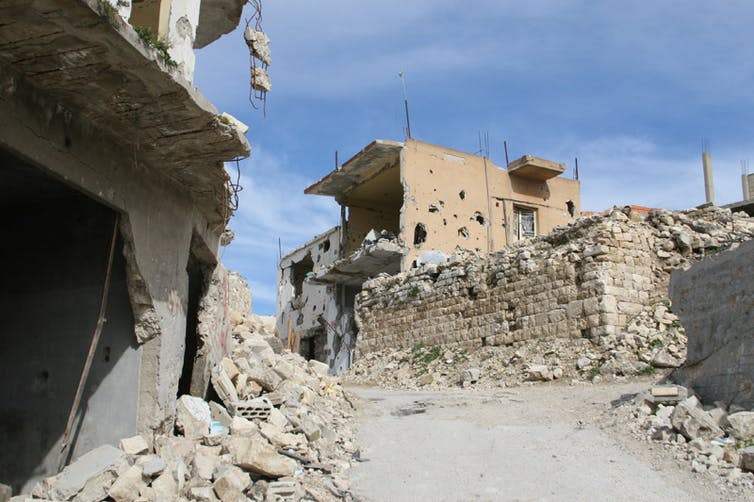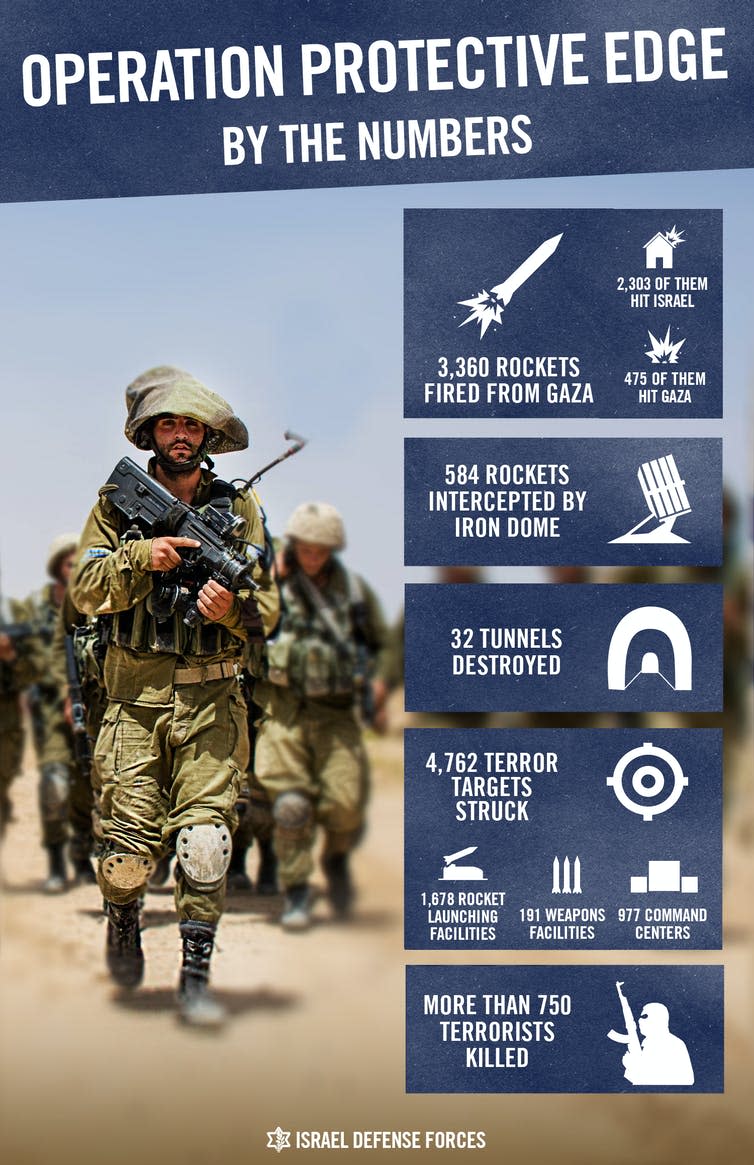Israel, Gaza and the pursuit of the 'victory image'
After strong pressure from US president Joe Biden, a ceasefire has been agreed between Israel and Hamas and the 11-day bombardment of Gaza has ended. Both sides are claiming victory: Hamas says that has received guarantees of an end to the Israeli aggression in East Jerusalem which helped trigger the conflict.
Israel has denied this, but for it’s part says it has “significantly degraded” the military capabilities of Hamas. The idea of being able to demonstrate to the world it has “won” has obsessed Israel’s commentariat over the past week. Conversations about the Israeli Defense Force’s military operations in Israeli TV studios and opinion columns and blogs have centred around the idea of obtaining a “victory image”.
Haaretz’s military correspondent Amos Harel wrote on May 15 that: “After strenuous efforts – Israel has finally found a victory image around which it is possible to construct a justification for a ceasefire to end the fighting in the Gaza Strip.” He was talking about the bombing of the “Gaza Metro” tunnels built by Hamas. But the plan, which was to liquidate Hamas’ senior commanders in the tunnels has reportedly not been as successful as was hoped.
Traditionally, victory images are iconic representations of military achievement. Think of the American flag in Iwo Jima or the Soviet flag over the Reichstag in the second world war. Recently, this idea was revived and has become a central feature of the way in which the Israeli army operates. With time it has morphed into a set of conditions that legitimise the “desistance” of military operations.
As I discovered while researching the issue, during the 2006 Lebanon conflict the victory image became a stated goal of any Israeli military operation. The IDF attempted to stage an iconic image of a soldier waving an Israeli flag over a house in the town of Bint Jbeil in Lebanese territory, four miles from Israel’s border. The town had become known as the “capital of the resistance” and house had been used by the then Hezbollah chief, Hassan Nasrallah, to give a speech after Israeli Defense Forces withdrew in March 2000 in which he said Israel was “weaker than a spider’s web”.

The image of the Israeli flag waving over that balcony six years later was meant to send a message to Israelis and to Hezbollah that would serve as a “victory image” but the result was unimpressive and grainy and the picture was never used for propaganda purposes.
‘Scoreboard’ update
At times, the victory image takes the form of an infographic, a set of compiled statistics that are laid out in a manner akin to a computer game scoreboard, as in this image, created by the IDF in 2014 after operation “Protective Edge”.
The visualised data provides a strong and familiar narrative that appears to legitimise the operation in Gaza, listing achievements and painting an image of success. Here’s a similar image, in Hebrew script, that the IDF has just put out to declare victory in the latest conflict. But it provides an incomplete story. According to Israeli human rights NGO B’tselem, the three major Israeli army operations in Gaza over the past 15 years have caused the deaths of 3,758 Palestinians – many of them non-combatants. Meanwhile, the toll on Israel’s side, including soldiers on the ground in Gaza and civilians in Israel killed by rockets, has amounted to 83 deaths.
So, while the barrages of missiles being fired at Israel by Hamas are lethal and trauma inducing, the 45-fold discrepancy between the number of Israeli and Palestinian deaths is a good measure of the power differential between the two sides.
Targeting Hamas ‘celebrities’
The extent and the manner of the spread of violence in Israel and Palestine is anything but predictable. But the way in which deadly violence is conducted in Gaza, sadly follows a familiar script. Currently, political commentators in Israel are suggesting possible achievements that could count as a “victory image” – for example, the assassination of high-ranking Hamas officials.
At the start of the current operation in Gaza popular Israeli website Walla News published an article under the headline: “The celebrities of the Hamas leadership are still alive”, arguing that “only hitting a symbol like [Mohammed] Deif or [Yahya] Sinuar (Hamas leaders) will provide Israel with a victory image”. Meanwhile Israel’s television networks are rife with speculation as to who should be targeted.
Writing about the proliferation of “victory albums” in Israel following the 1967 war, American scholar Daniel Bertrand Monk reflected on “the horror of a world in which wars may be happening for the sake of their pictures”. The pursuit of a victory image as an integral part of Israel’s campaign of airstrikes in Gaza puts a modern face on Monk’s vision of horror.
This article is republished from The Conversation under a Creative Commons license. Read the original article.

Yoav Galai does not work for, consult, own shares in or receive funding from any company or organisation that would benefit from this article, and has disclosed no relevant affiliations beyond their academic appointment.

 Yahoo News
Yahoo News 

